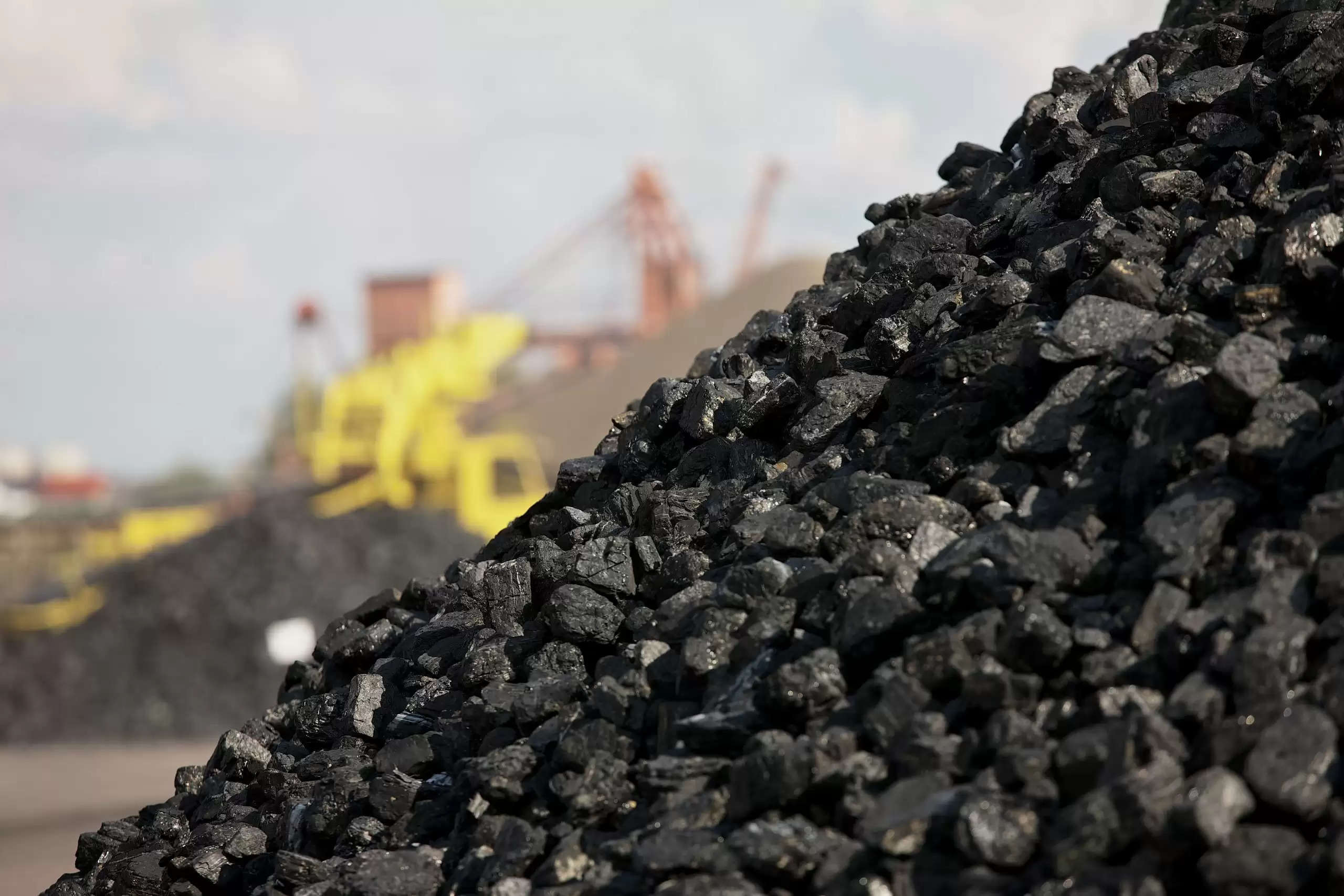India's coal shortage and its impact on power supply are explained.

Coal stocks at more than 100 thermal power plants in India have slipped below 25% of the required level, according to the latest data (critical mark). The stock of more than 50 thermal plants has dipped below 10%, prompting states to seek more coal supplies from India's sole coal producer, Coal India Ltd. (CIL). Thermal power plants, which are largely fuelled by coal, meet 70% of India's electricity requirement.
According to data from the Central Electricity Authority (CEA), India's power generation via thermal plants using domestic coal stood at 182.39 GW on April 19, 2022, with an average coal stock of 34%. Meanwhile, power plants employing imported coal-generated 16.73 GW, with an average coal stock of 34%.
85 of the 173 thermal power plants that use domestic coal have less than 25% stock, while 11 of the units that use imported coal have reached critical levels.
Why is India experiencing a coal shortage?
The primary cause of coal scarcity is rising power demand. Demand climbed to 124.2 BU per month in 2021, up from 106.6 BU in 2019. The demand is expected to rise to 132 BU by 2022.
The Centre's core management team (CMT) examined the reasons for the supply constraint in October 2021, when India faced a significant coal crisis due to shipping delays, with stockpiles falling to only four days.
Heavy rains in coal-mining areas such as Gujarat, Punjab, Rajasthan, Delhi, and Tamil Nadu, according to the CMT, have resulted in lower coal production. Furthermore, most thermal facilities had insufficient coal stockpiles prior to the monsoon season, causing them to fall below critical levels.
The Centre also noted that imported coal accounted for 43.6 percent of electricity generation, resulting in an additional demand of 17.4 MT of domestic coal, further depleting coal supplies.
What is CIL doing to address the scarcity?
CIL announced on Tuesday that during the first half of April 2022, it increased its supplies to thermal power stations by 14.2 percent over the same period last year. Coal production has reached 1.64 million tonnes per day (MTs).
During the first half of April, the business increased its production to 26.4 million tonnes, a 27 percent increase year over year. Additionally, until May 31, 2022, 8.75 MTs of coal would be made accessible to state and central generating companies through rail, according to CIL.
What impact will the coal shortage have on power supply and cost?
According to Fitch, India's daily electricity shortfall climbed from 0.3 percent to 1% in April 2022. As a result, the price of power traded on Indian exchanges increased by 85 percent from an average of Rs 3/kWh to Rs 8.23/kWh in March. The CEA has set a limit of Rs 12/kWh for short-term electricity exchange rates in order to keep prices in check. Low coal supplies, according to Fitch, will prevent National Thermal Power from operating.
States like Andhra Pradesh, Gujarat, Maharashtra, Jharkhand, Bihar, Haryana, and Uttarakhand have used load shedding and planned outages to meet the peak demand. Since April 1, Jharkhand has had a 10-12 percent supply shortage, followed by Andhra Pradesh (10%), Uttarakhand (8-10%), Madhya Pradesh (6%), and Haryana (5%). (4 percent ).
What is the Centre's strategy for resolving the coal crisis?
The Centre has permitted states to utilise up to 25% of their captive coal reserves to meet rising domestic demand. It also allows power plants to blend imported coal up to 10% of the time to reduce CIL's burden. While the Centre considers stockpiling imported coal, higher coal prices make this impossible.
The Centre passed mining reforms in 2020, ending CIL's monopoly on India's coal production. The statute permitted commercial coal mining to begin immediately, with 50 blocks available. It also permitted everyone, not just captive consumers, to bid for coal mines (i.e companies which use coal for running their businesses).
The law also guaranteed a Rs 50,000 crore investment to diversify CIL's operations and a revenue sharing rebate for early coal output. States, particularly mineral-rich states like Jharkhand and Bihar, have expressed strong opposition to the bill, claiming that it will have a negative impact on a significant tribal population and forests. The Supreme Court is now hearing the case.
Govt. brings Policy Reforms in Coal Sector:
— PIB India (@PIB_India) May 16, 2020
✅ Introduction of Commercial Mining in Coal Sector
✅Investment of Rs 50,000 crores
✅Liberalised Regime in Coal Sector #AatmaNirbharEconomy (1/2) pic.twitter.com/yL6jUdiFPE
- Coal stocks at more than 100 thermal power plants in India have slipped below 25% of the required level, according to the latest data (critical mark).
- The primary cause of coal scarcity is rising power demand.
- While the Centre considers stockpiling imported coal, higher coal prices make this impossible.
.png)